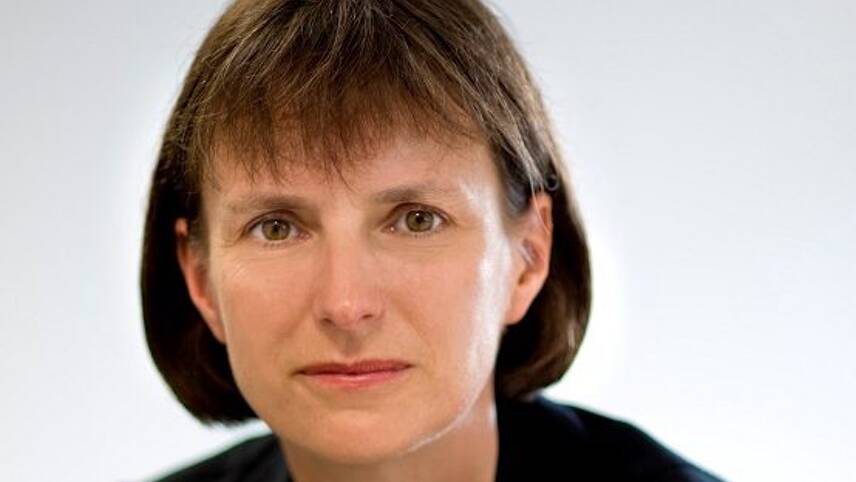Register for free and continue reading
Join our growing army of changemakers and get unlimited access to our premium content

With teams looking at issues like flooding, leakage, sustainable upgrades to infrastructure, and green cities, the focus of the Northumbrian Water Group (NWG) Innovation Festival is heavily on the environment.
Innovation isn’t just about new, shiny technology or faster computers. It is about looking at new ways of doing something, in order to achieve better or different results. Innovative thinking can be applied to almost anything, including the enhancement and protection of the world around us.
This focus was not arrived upon by accident, but because of the importance we place upon the environment and the role we play in it.
With more than 25 partner companies getting involved and over 300 attendees per day at the festival to help address these challenges, it is clear that this passion for the environment is matched by many others, both individuals and businesses.
The question on everyone’s lips during the week will be “what if…?”
“What if we try this?”, “what if we look at it from this perspective?”, “what if we look at this data to learn new things?”
Used positively, “what if” is a fantastic way to start a discussion and, in the festival tents where everyone is pulling in the same direction, looking to find great ideas, it is full of possibilities.
What better subject to apply such thinking to than the environment?
So many great things are already being done by the water industry in this area, such as the sustainable drainage techniques, where the natural environment is enhanced to divert water away from sewer networks, being applied up and down the country, but there is always room for more. And by working with organisations and individuals from outside of the industry, we can bring in new ideas and also spread the benefits of our methods with other sectors.
What if a customer’s experience, academic thinking and an engineer’s know-how all come together to find some new way of reducing the amount of water that leaks from networks all over the world?
What if a suggestion from one person triggers an inspirational idea from someone else, simply because of the different experience or outlook they bring to the innovation tents?
With “Busy Bees” running between tents, sharing what is being done in the different sprints, it may even be that a question or suggestion aimed at addressing one topic sparks a fantastic piece of innovation to tackle something completely different.
And what if an idea that is being implemented in a completely different sector can have far-reaching benefits to the environment when applied to a brand new area, such as the treatment of wastewater?
One of the innovation tents at the festival sees us working with a range of organisations and individuals, led by BT, to look at how companies with large numbers of field workers can operate more effectively, delivering better results for customers.
Likewise, IBM are leading on the challenge to look at how we reduce the risk of flooding and, when it does happen, how we can respond better and learn new lessons.
The input of these organisations and the others involved, including other headline sponsors like CGI Group, Reece Innovation, Microsoft and Ordnance Survey, brings fresh perspectives to these social and environmental challenges.
We hope that the ideas that come out of the festival will have benefits that spread much further than just to Northumbrian Water Group and our customers. They are challenges that are faced around the world and, by coming together, we stand a better chance of delivering new solutions for everyone.
Heidi Mottram is Chief Executive of Northumbrian Water Group and Business In The Community’s HRH Prince of Wales’ Ambassador to the North East of England.



Please login or Register to leave a comment.